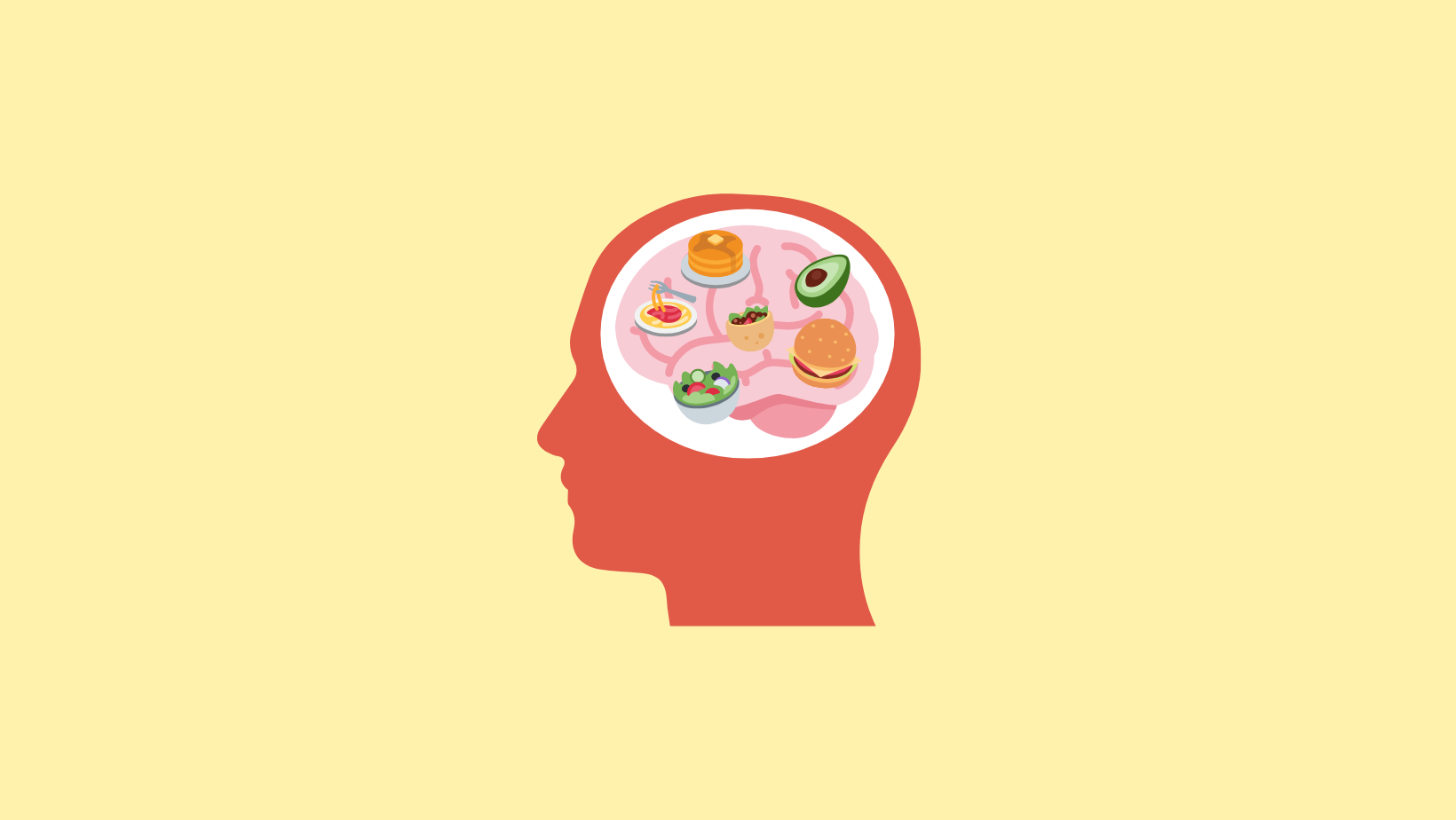Why is it so hard to change the way we eat? The drive to eat is one of the most powerful human urges. We also live in an environment that is loaded with tempting food. The result of this combination is a constant battle between your brain and your willpower. Here are a few more reasons it is so hard to resist tempting foods.
Your brain is hardwired for pleasure. Our thoughts cannot eliminate the urge to feel good. Positive feelings drive the desires of the human heart. We want to feel good and be happy! Tempting foods are engineered to play on these desires. They taste good, they are readily available, they are socially acceptable and they are affordable. They cause food cravings, food addictions, bingeing, and overeating.
Your brain is hardwired to seek food. The circuitry of your brain starts with you becoming focused on food, going in search of it, and getting rewarded for finding it. This circuitry was intended for active humans who did not have food within arms reach at all times.
Tempting food changes your brain. Your brain finely balances regulation of energy intake with energy expenditure. Innately, your brain signals the body to be hungry when energy supplies are running low. When you consume endless amounts of sugar, fat and salt, this regulatory process malfunctions causing us to eat according to our “wants” instead of for our “needs.”
| Factors adding to our pleasure drive | Factors that add to our seeking drive |
|
|
What can we do to take control of our brain and take charge of our food choices?
Practice cognitive muscle training. Your prefrontal cortex slows down impulsive actions and allows you to make a decision. Often, we cut-off the prefrontal cortex’s ability to slow the impulse allowing our “want” to dictate our behavior. Cognitive muscle training is about engaging the brain in the decision making process. A key component to cognitive muscle training is developing other pleasures in your life, things that fulfill you that do not include food: play, fun, touch, romance, intimacy, love, achievement, success, art, music, self-expression, leadership, excitement, adventure, spirituality, physical movement.
- Level 1—In this level, you are evaluating the hedonic (pleasure) value of the tempting food. Your emotional attachment to food is influenced by perceptions of hunger, mood, fatigue, stressors, exertion, and memories—not just the food.
| Process: |
|
|
|
|
|
|
|
|
|
|
- Level 2—This level strengthens the power of your will over tempting food. You will become aware of any diminishing pleasure toward a tempting food and use the feeling as the cue to stop eating it.
| Process: |
|
|
|
|
|
|
|
|
|
|
|
|
|
- Level 3—This level keeps the brain actively engaged and in charge of what you eat.
| Process: |
|
|
|
|
|
|
|
|
|
|
|
|
Cognitive muscle training is surrendering to tempting foods on your terms. It reflects impulsivity and puts you in charge of the timing and amount of temptation food eat. You can lose more weight by conceding to your cravings less frequently than by attempting total abstinence.
Work through the 10-step process. This process empowers your intellect. It helps you to take charge and take control of your eating.
| Step 1 | Admit that you have lost control over tempting foods. |
| Step 2 | Avoid hunger by maintaining scheduled meal times. |
| Step 3 | Take control of your sleep. |
| Step 4 | Increase mental and physical activity. |
| Step 5 | Enlist a support system. |
| Step 6 | Go into all social eating situations with a plan. |
| Step 7 | Be prepared with healthy snacks and gum. |
| Step 8 | Have a strategy to deal with negative emotions. |
| Step 9 | Practice positive self talk each day. |
| Step 10 | Develop healthful, non-food passions in your life. |

